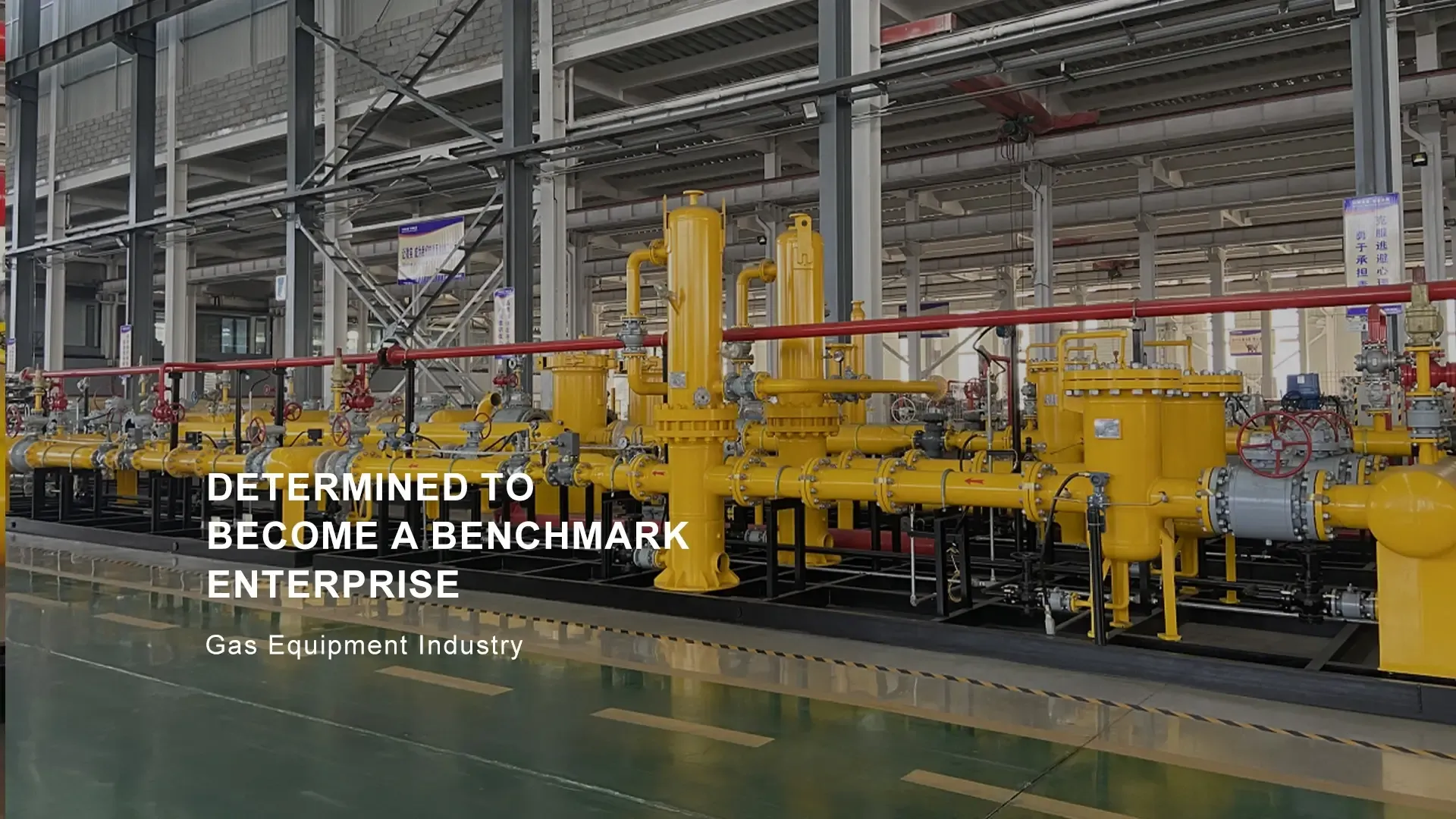
Dec . 12, 2024 06:08
Back to list
gasification equipment
Gasification Equipment An Overview of Technology and Applications
Gasification is an advanced technology that converts organic or fossil-based materials into a combustible gas known as syngas (synthesis gas). This gas primarily consists of hydrogen, carbon monoxide, carbon dioxide, and small amounts of other gases. The gasification process holds significant promise for energy production, waste management, and the generation of various chemicals. It is gaining traction globally as an efficient method for converting biomass, coal, and waste materials into usable energy. Central to this process is gasification equipment, which plays a pivotal role in ensuring the efficiency and effectiveness of the gasification process.
The Gasification Process
Gasification involves several key steps. Initially, feedstock is subjected to high temperatures, typically between 700 and 1,500 degrees Celsius, in a controlled oxygen environment. This process occurs in a gasifier, which is the primary piece of equipment in gasification systems. The feedstock is converted into syngas, along with solid residues such as ash and char. The syngas can then be utilized for various applications, including electricity generation, heating, and as a feedstock for the production of chemicals and fuels.
Types of Gasification Equipment
1. Gasifiers The heart of gasification technology, gasifiers come in different designs, such as fixed-bed, fluidized-bed, and entrained-flow gasifiers. Each type has distinct advantages depending on the feedstock and desired syngas characteristics. Fixed-bed gasifiers are typically used for biomass, while fluidized-bed systems are versatile and can handle a variety of feedstocks. Entrained-flow gasifiers operate at higher temperatures and pressures, making them suitable for high-quality syngas production.
2. Feedstock Preparation Units Before gasification can occur, feedstock must be processed to achieve the appropriate size and moisture content. Equipment for size reduction (such as grinders or shredders) and drying (like rotary dryers) is crucial for optimizing feedstock properties.
3. Gas Clean-Up Systems Syngas produced directly from gasification contains impurities such as tar, particulates, and sulfur compounds that need to be removed before further use. Gas clean-up equipment such as scrubbers, filters, and adsorption systems are essential to ensure that the syngas meets the required quality standards.
gasification equipment

4. Energy Recovery Systems The gasification process generates heat, which can be harnessed for energy recovery. Heat exchangers and steam generators can be integrated into the gasification system to enhance overall efficiency by utilizing residual heat for power generation or other heating needs.
5. Control Systems Efficient operation of gasification equipment relies on sophisticated control systems that manage temperature, pressure, and feedstock flow rates. Advanced monitoring and control technologies ensure optimal performance and safety throughout the gasification process.
Applications of Gasification Equipment
Gasification technology has various applications across multiple industries. In the energy sector, syngas can be used to generate electricity in gas turbines or internal combustion engines. The production of biofuels such as ethanol or methanol from syngas has garnered attention as a renewable alternative to fossil fuels.
In addition to energy production, gasification plays a significant role in waste management. It provides a sustainable solution for converting municipal solid waste into valuable energy rather than sending it to landfills. This not only reduces environmental impact but also contributes to a circular economy.
Moreover, the chemical industry benefits from gasification as it serves as a platform for producing essential building blocks, such as ammonia and hydrogen, which are key components in fertilizers and various industrial processes.
Conclusion
Gasification equipment is instrumental in unlocking the potential of diverse feedstocks for energy and chemical production. As technology advances, and global demand for sustainable energy solutions grows, the role of gasification and its associated equipment will continue to expand. By investing in and optimizing gasification technology, we can move toward a more sustainable future, unlocking new avenues for energy production and waste reduction while supporting the transition to a low-carbon economy.
Next:
Latest news
-
Safety Valve Spring-Loaded Design Overpressure ProtectionNewsJul.25,2025
-
Precision Voltage Regulator AC5 Accuracy Grade PerformanceNewsJul.25,2025
-
Natural Gas Pressure Regulating Skid Industrial Pipeline ApplicationsNewsJul.25,2025
-
Natural Gas Filter Stainless Steel Mesh Element DesignNewsJul.25,2025
-
Gas Pressure Regulator Valve Direct-Acting Spring-Loaded DesignNewsJul.25,2025
-
Decompression Equipment Multi-Stage Heat Exchange System DesignNewsJul.25,2025

